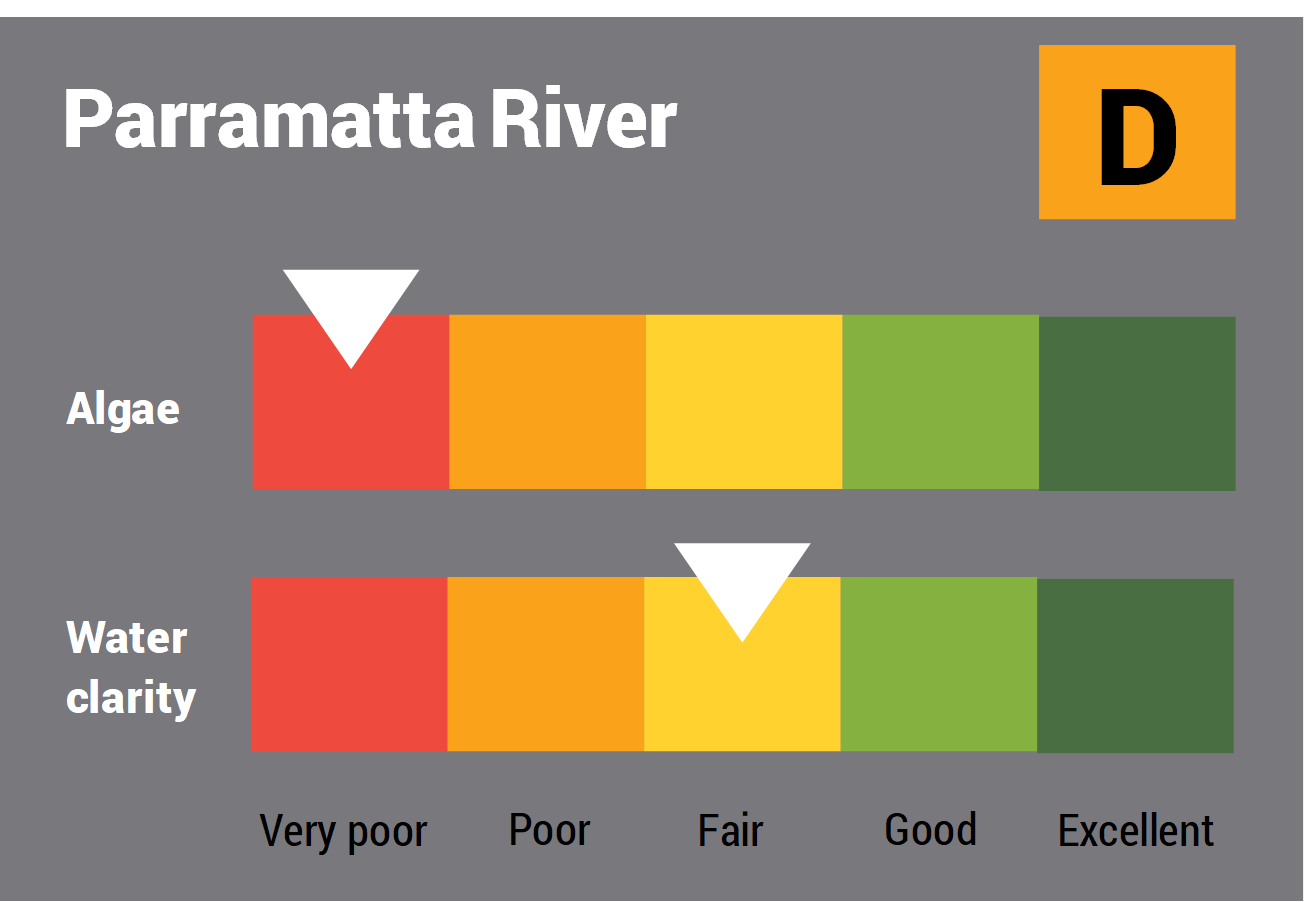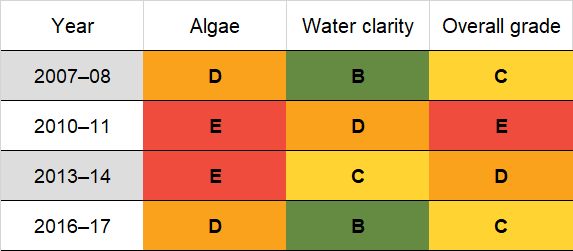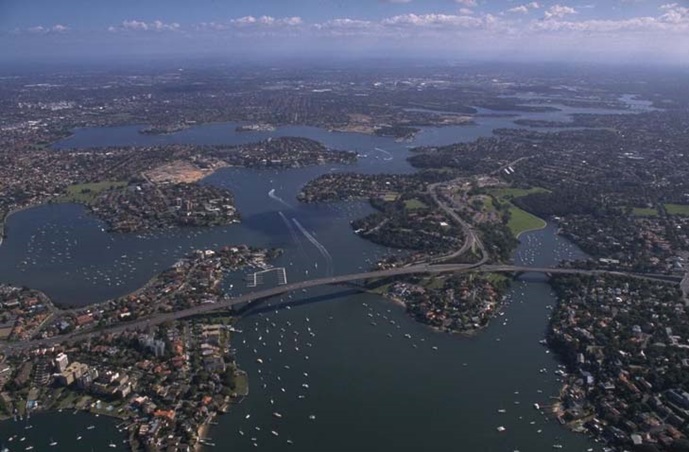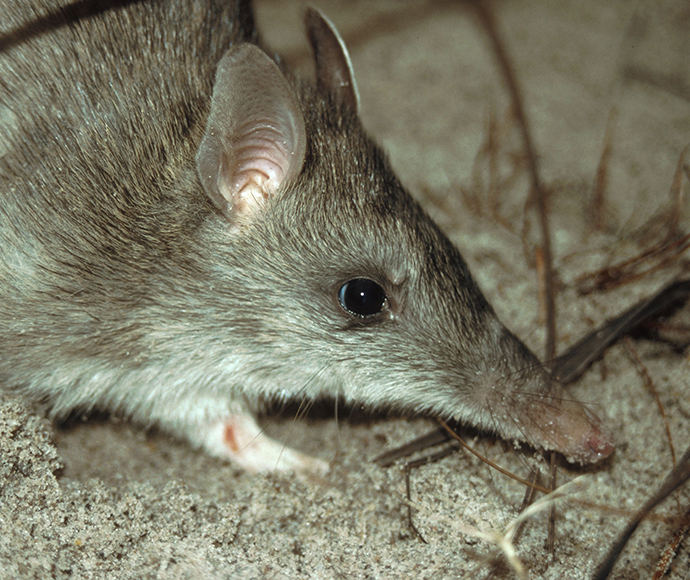Parramatta River is situated within the western section of the Sydney Metropolitan region of New South Wales. This estuary is classed as a drowned valley and is the largest tributary of Sydney Harbour.
Of all of Australia’s rivers, the Parramatta River has the longest history of European colonisation as it was home to the second settlement in 1788. Today around 750,000 people live within this catchment.
The Parramatta River Catchment Group (PRCG) is an alliance of local and state government agencies and community groups that are working on the mission to make the Parramatta River swimmable by 2025. As part of the 10-step Masterplan, new swimming sites are being created and monitoring programs established to assess recreational water quality in the Parramatta River. Recreational water quality and ecological health are different values in a waterway and are assessed using different monitoring programs. For more information on the Parramatta River Masterplan and the monitoring programs carried out by the PRCG visit the Our Living River website.





